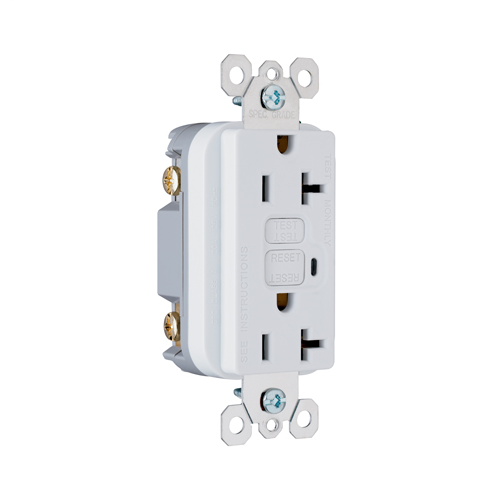Is a standard receptacle connected to the LOAD terminals of a GFCI protected up to 15 or 20 amps?
If it is protected up to 20 amps and I connect a standard 20A receptacle on the LOAD terminals with 12/2 wire. Then plug in an appliance with a current rating of 18 amps for example. Will the GFCI trip or will the 14/2 wire before the GFCI overheat and potentially cause a fire?
I don't understand the purpose of a 20A LOAD terminal on a 15A GFCI which is meant for 15A circuit.

